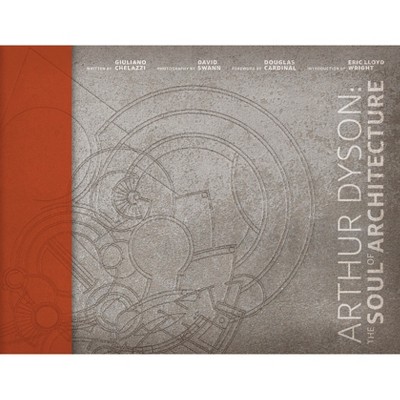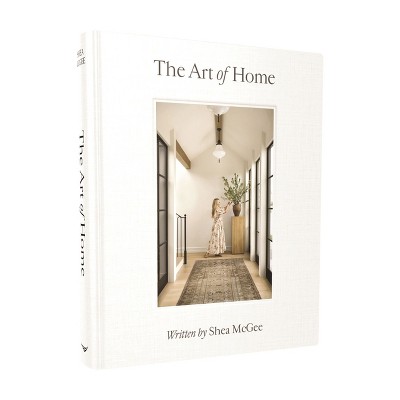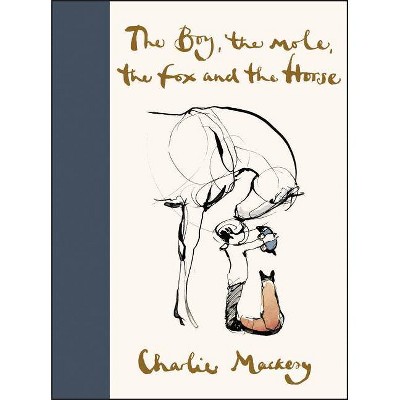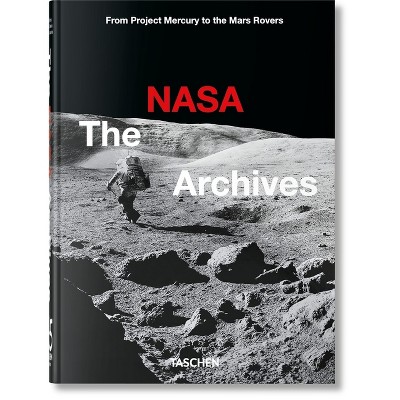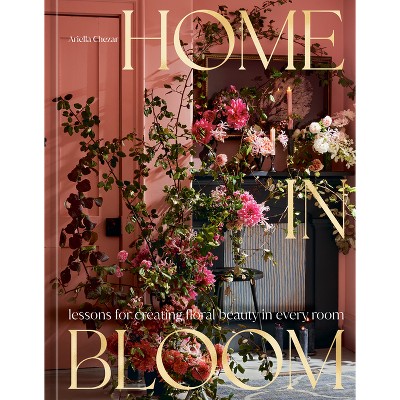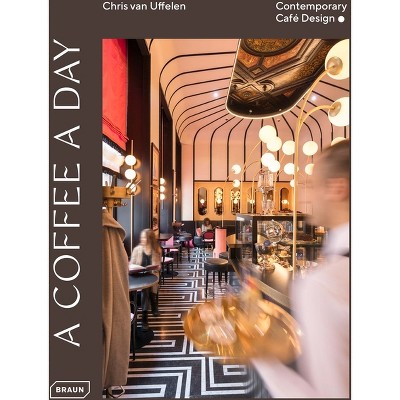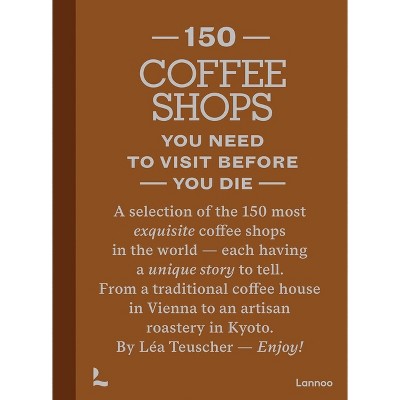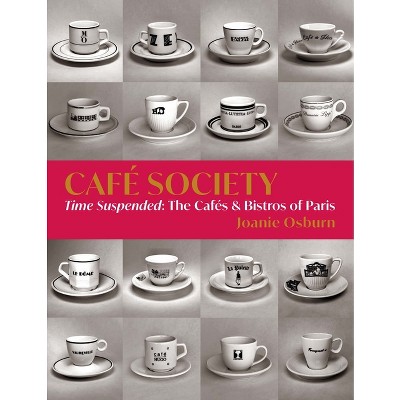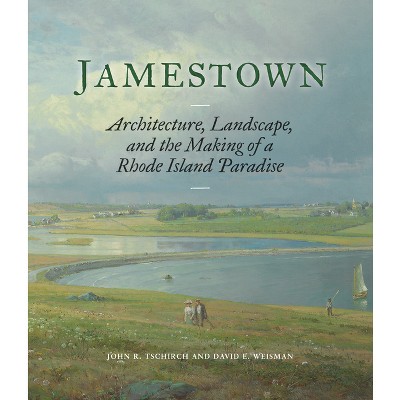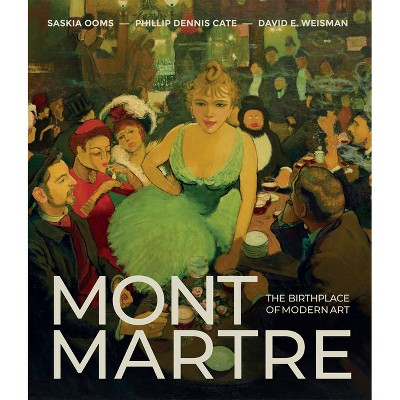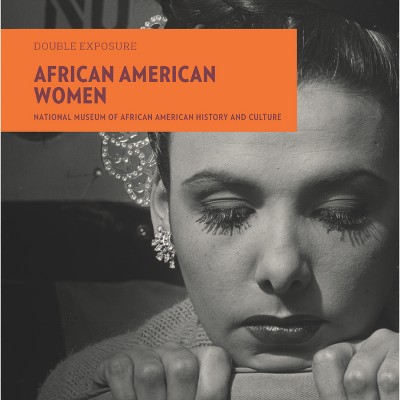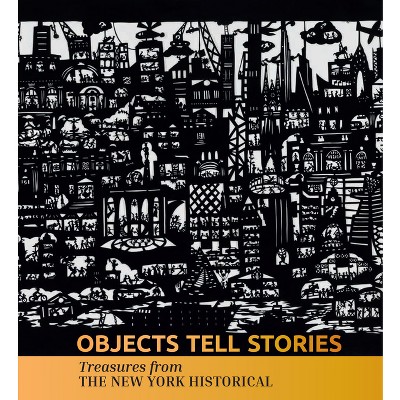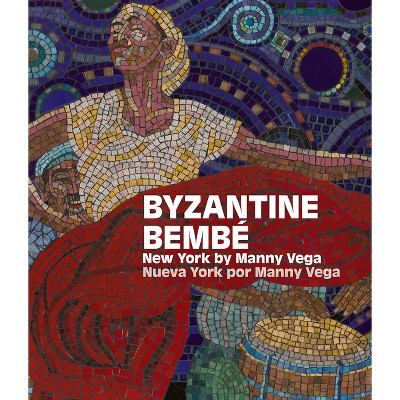Sponsored

Café Society - by Julie Pierotti (Hardcover)
Pre-order
Sponsored
About this item
Highlights
- A wonderful volume which captures the central role of Parisian cafés as a source of inspiration in the development of modern art.Presenting over fifty-five works by a broad cross-section of major and lesser-known names in French and expatriate American art, the volume looks at the changing role of cafés as gathering places for a new type of urban bourgeois clientele, that increasingly dominated life in central Paris in the late nineteenth century.The redeveloped city centre saw a massive explosion in cafés, brasseries, and restaurants, as well as a host of music and performing establishments, that became social gathering spots for a wide range of artists, writers, intellectuals, political activists, and hangers-on, as well as a growing number of often exploited cabaret performers.
- About the Author: Julie Pierotti is Martha R. Robinson Curator, Dixon Gallery and Gardens, Memphis, TN.
- 208 Pages
- Art, History
Description
Book Synopsis
A wonderful volume which captures the central role of Parisian cafés as a source of inspiration in the development of modern art.
Presenting over fifty-five works by a broad cross-section of major and lesser-known names in French and expatriate American art, the volume looks at the changing role of cafés as gathering places for a new type of urban bourgeois clientele, that increasingly dominated life in central Paris in the late nineteenth century.
The redeveloped city centre saw a massive explosion in cafés, brasseries, and restaurants, as well as a host of music and performing establishments, that became social gathering spots for a wide range of artists, writers, intellectuals, political activists, and hangers-on, as well as a growing number of often exploited cabaret performers.
These cafés included Café Guerbois in Avenue de Clichy, frequented by Manet and Degas; Café-concert des Ambassadeurs in the Jardins des Champs Elysees, a favourite haunt of Jean Beraud, and Le Lapin Agile the informal cabaret in Montmartre, closely associated with the struggling modernist artist Picasso.These establishments ranging from formal restaurants and brasseries, to cabarets, small cafés, and table d'hôtes attracted French - and international - artists, drawn to places where different social classes of men and women could freely mingle, and providing the kind of hedonistic sensory experience that became the subjects of these artists' work.
This catalog accompanies a traveling exhibition with venues at the Ordrupgaard Museum, Charlottenlund, Denmark; Dixon Gallery and Gardens, Memphis, TN; and Joslyn Art Museum, Omaha, NE.
About the Author
Julie Pierotti is Martha R. Robinson Curator, Dixon Gallery and Gardens, Memphis, TN.
Jeffrey H. Jackson is professor of History at Rhodes College, Memphis and author of Paper Bullets: Two Artists Who Risked Their Lives to Defy the Nazis (2020) and Paris Under Water: How the City of Light Survived the Great Flood of 1910 (2010).
W. Scott Haine is historian of Food Sociability at Cañada College, San Mateo, California, and author of Culture and Customs of France (2006) and The World of the Paris Café Sociability Among the French Working Class, 1789-1914 (1996).
Dorthe Vangsgaard Nielsen is senior curator at Ordrupgaard, Charlottenlund, Denmark.
Taylor J. Acosta is chief curator and Willis A. Strauss Curator of European Art at Joslyn Art Museum and the editor of European Paintings and Sculpture from Joslyn Art Museum (2021).
